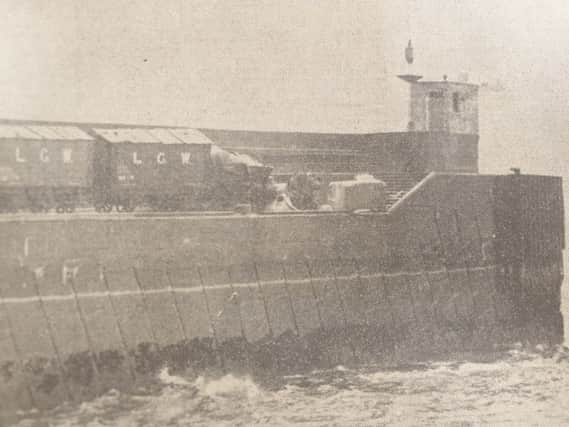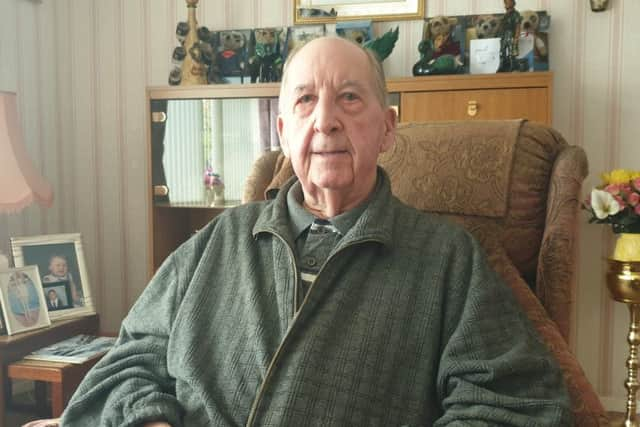65 years later, William still remembers Kirkcaldy harbour train crash


On the morning of November 12, 1954, the then 21-year-old of Methil was one of just two staff on the train, taking grain and flour down to Kirkcaldy harbour.
The brakes were locked, but the weight of the 35-tonne locomotive meant it gathered speed as it made it way along the steep gradient track.
Advertisement
Hide AdAdvertisement
Hide AdThe driver leapt out of the speeding train, but William, now 86 years old and living in Buckhaven, could not jump out of his side into the water because he could not swim.


He did not have enough time to reach the other side.
The locomotive slammed into a cement block at the end of the track.
“I went flying onto some steps after the train hit the concrete block, flying through the air,” said William.
“The concrete block rolled right past me. It was the dockers that told me that, they were sheltering from the rain. But I could have been rolled over.”
Advertisement
Hide AdAdvertisement
Hide AdThe engine, having knocked back the cement block, finished its journey in the Kirkcaldy harbour basin.
William had slammed into the steps, fracturing his skull.
He was taken to Kirkcaldy Hospital, where he spent a week, before going to live with his mother in Lundin Links as he continued his recovery.
An investigation into the crash revealed that the train was overloaded, stopping the brakes from functioning efficiently.
It was the second time in 53 years an incident like that had happened in Kirkcaldy.
Advertisement
Hide AdAdvertisement
Hide AdAnd while William feels he was “very lucky” that day, he was not actually even due to be working on that train.
“The fireman who should have been there slept in,” said William. “I was the spare at Thornton. The foreman told me to go down to Kirkcaldy.”
William had followed in his father’s footsteps in working on the railway, first starting in Markinch before taking a job with British Railways along at Thornton.
He returned to the railway following his recovery, but it was never the same.
Advertisement
Hide AdAdvertisement
Hide Ad“I wasn’t the same when I went back to work, in case it happened again,” William said. “I didn’t have the confidence. Eventually diesels came in – and I didn’t like the diesels.”
William quit working on the railway in the ‘60s, taking a job at the smelter in the town of Invergordon. He returned to Fife later in life, taking on a job at the Sappi Graphics mill in Markinch.